Posted by Kasey Bacher | 10.05.2023 | Learn To Surf, Surfing Lessons
A Fin–tastic Look Into Longboard Fins
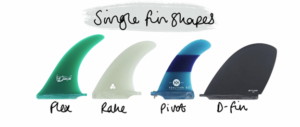
So it’s a Log Day
Longboarding is one of the most popular styles of surfing in Wrightsville Beach. With our mellow waist-high summer waves, it’s a great way to cruise along the shoulder and have a great time with friends in the water. With most longboards being single-fin setups, how do you know which fin to choose for the waves and style of riding? Here’s a quick look into the different fin shapes, placements, and sizes to help you choose!
Fin Shapes
D-Fin – This exists as a classic shape. With a huge amount of surface area, this fin was used on the old-school massive logs. The bigger the fin, the longer it takes for water to move around it, causing more control – however, this also makes it difficult to maneuver. These are sometimes misleading for noseriding and can cause some instability when shifting your weight up the board. To be on the nose with the best stability, a fin must be wide and deep, so a D-fin might be a bit stumpy.
Overall, this shape is great for control in the water when cruising down the line on a big longboard.
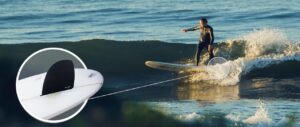
Pivot – Do you like watching the sunset over the waves? Long walks on the beach? Even some quality time with you and your log? Then this may be the shape for you. Its long and broad shape allows for stability while moving along the deck of the board. Combine this with a rounded nose (for extra surface area), and you have the perfect combination for a noseride. Since the pivot is on the longer side, it allows for turning or “pivoting” of the board down the line, creating a long ride down the beach.
In conclusion, the pivot shape is great for classic noserider logs, providing stability and maneuverability up and down the board.
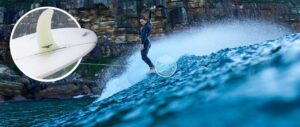
Flex – The flex fin looks similar to the dorsal fin of a dolphin – closer to the board is wider, then narrows out into a thin rounded tip. Of the major fin shapes, these have the lowest surface area compared to length, causing much more sensitivity in the water. Movements are more efficiently carried out, allowing your longboard to make more intense cutbacks – surfing a little more like a shortboard
In short, the flexing shape intensifies the turning ability of both mid-lengths and performance logs, allowing for more intricate movements compared to other shapes.
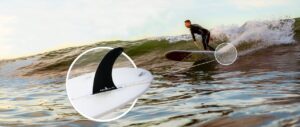
Rake – this shape is commonly known as “all-rounders” due to its versatility in all different conditions. these have a wide base that narrows slightly at the tip, generally less so than a flex fin. This allows for moderate stability with moderate turning abilities, being a great shape for beginners getting their bearings on a log.
To sum it up, the Rake shape is perfect for beginners or just a chill day in the water!
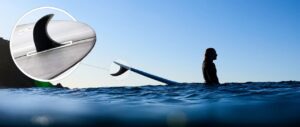
Hatchet – Named after its shape, the hatchet resembles the head of an axe. It has a wide base, narrowing into a thin neck and finally widening into a broad nose. With its length and higher volume, it’s essentially halfway between a D-fin and a Pivot. This allows the fin to hold the line for easy trimming. The length also helps for increased stability while you move up and down the board, locking in the tail in the water.
Simply put, the hatchet shape is great for smooth noserides, simple trimming, and mellow turns down the line.
Size
Fin size depends on the size of the board you’re riding, and the style you plan on riding that session. Shorter fins are generally better for turning, and longer fins are better for noseriding. A good way to calculate a fin for noseriding is to size the fin one inch for each foot of the board – so for a 9’ board, a 9” fin. For better turning agility, it is best for a single fin – trailing fin setup that’s 2-3” shorter.
Placement
The placement of a fin on a longboard impacts how your board will turn in the water. This depends on the shape of the fin and the style you want to ride. If you’re looking for maneuverability and sharper cutbacks, you’d want to place the fin closer to the nose in the finbox. For more stable noseriding and a better ability to lock into the wave, a placement further back towards the tail is best.
No two waves are the same. Surfing is all about enjoying the waves with positive vibes. Go experiment! Test different setups and shapes and sizes – see what works best for you!
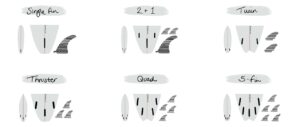
Sources:
https://www.boardcave.com/information/longboard-fin-guide
Photos: https://www.boardshop.co.uk/blog/the-boardshop-guide-to-surfboard-fins/
– Mead Krowka, Program Coordinator
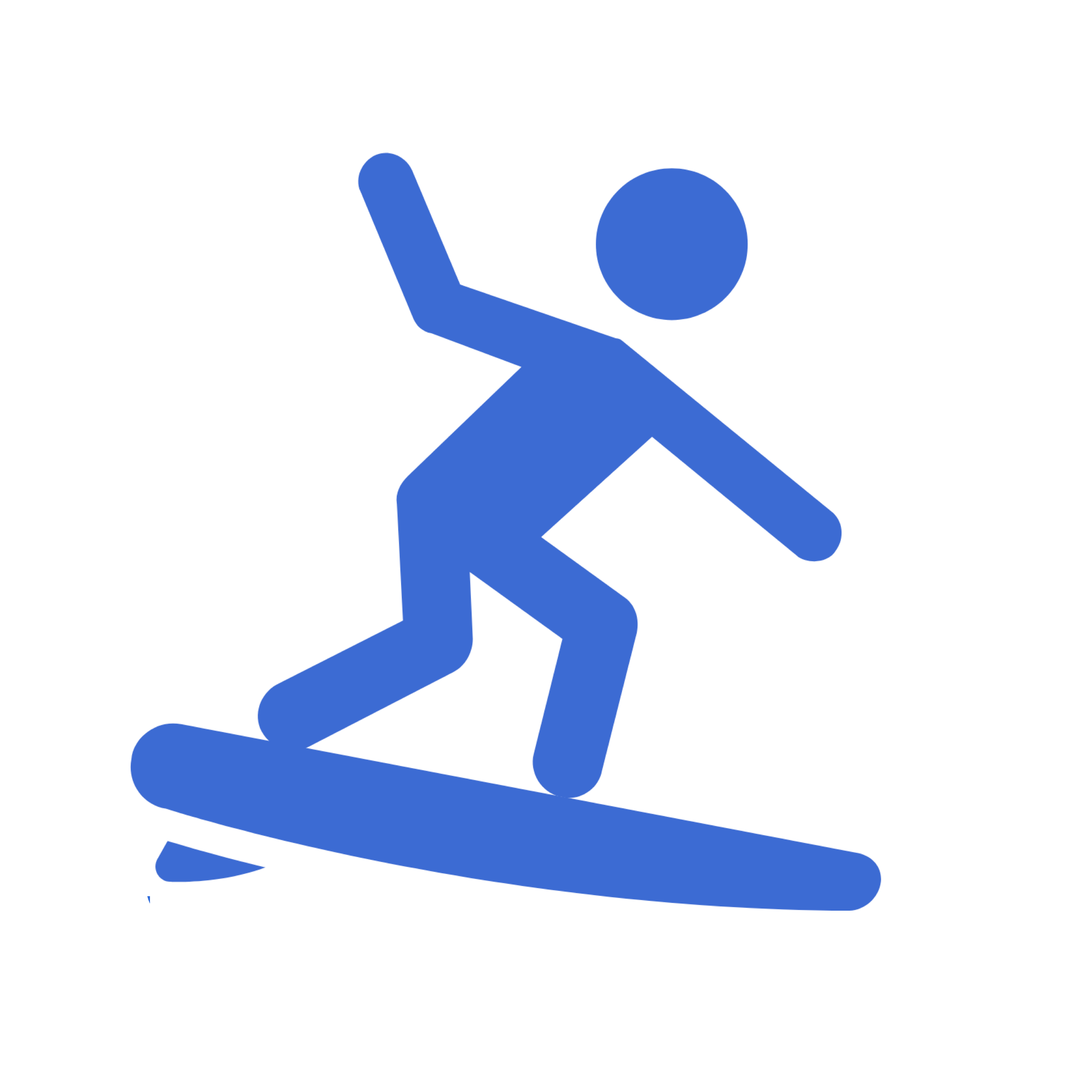
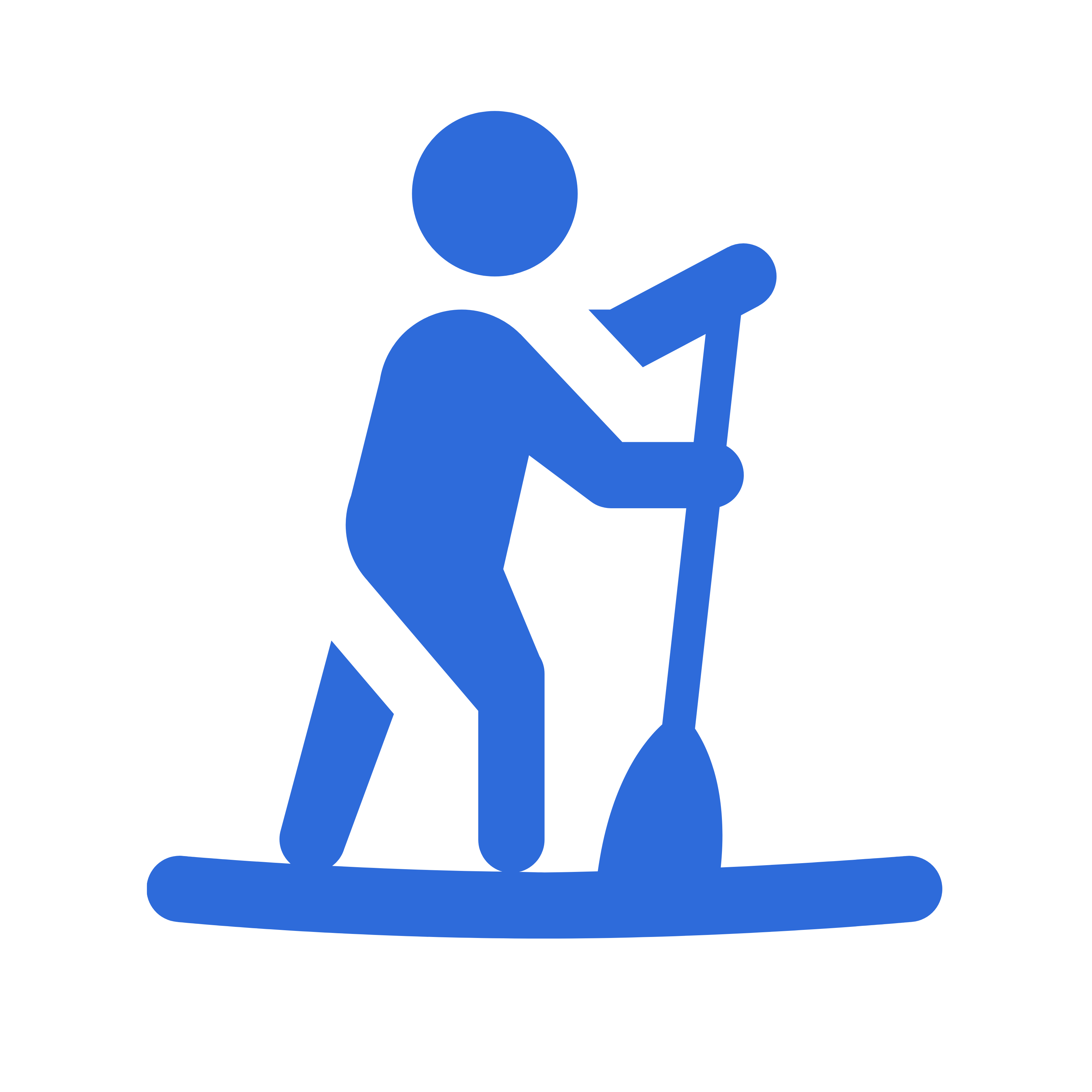
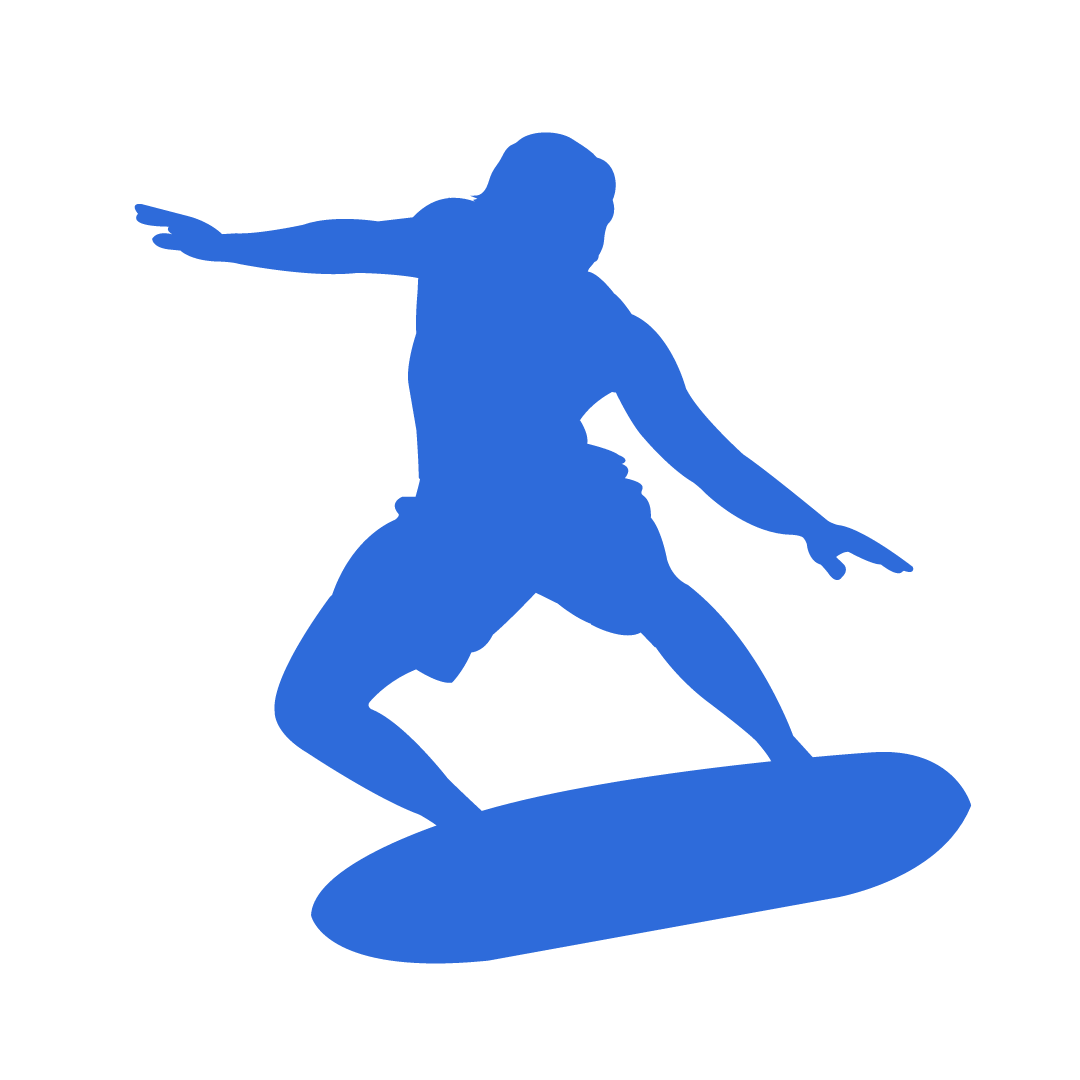
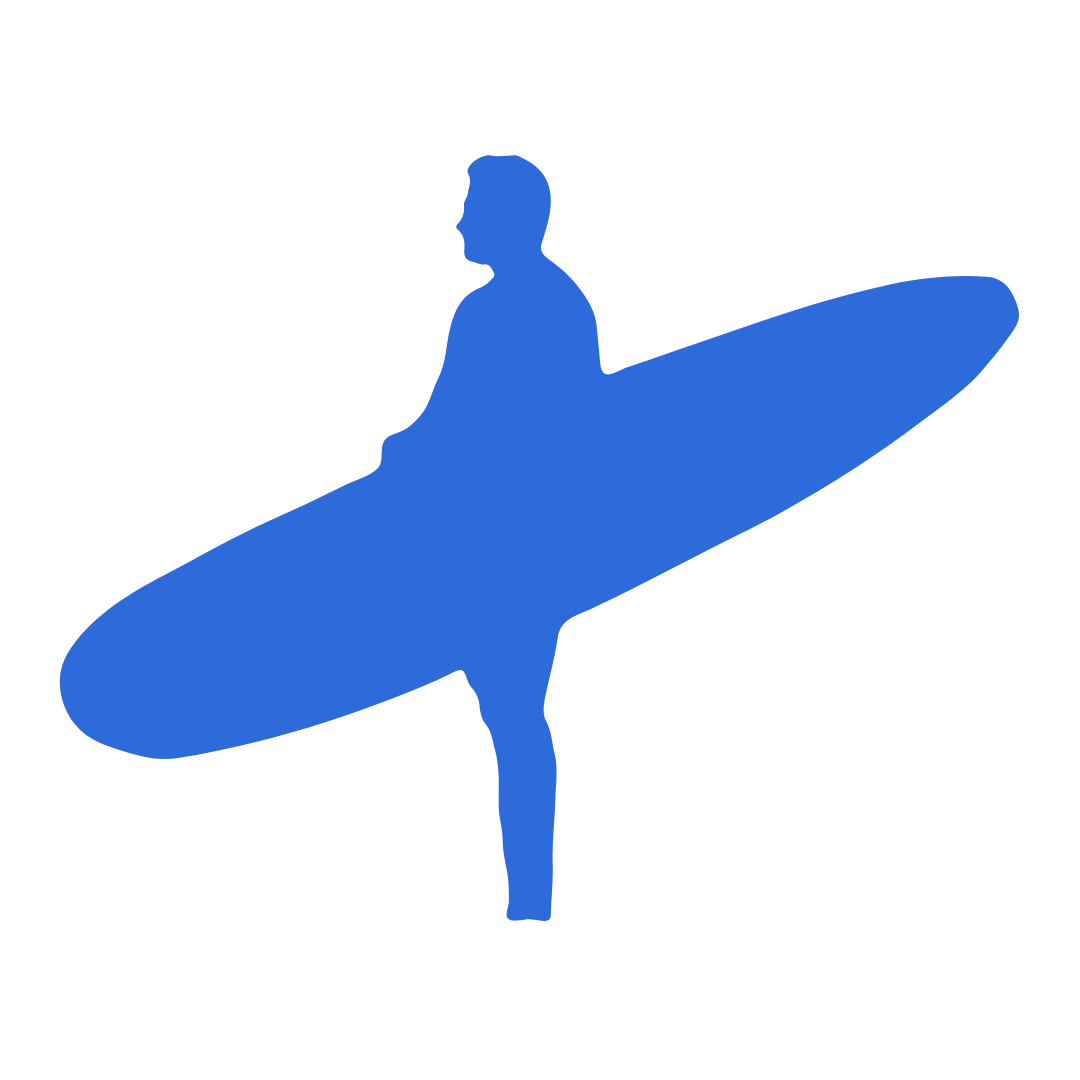
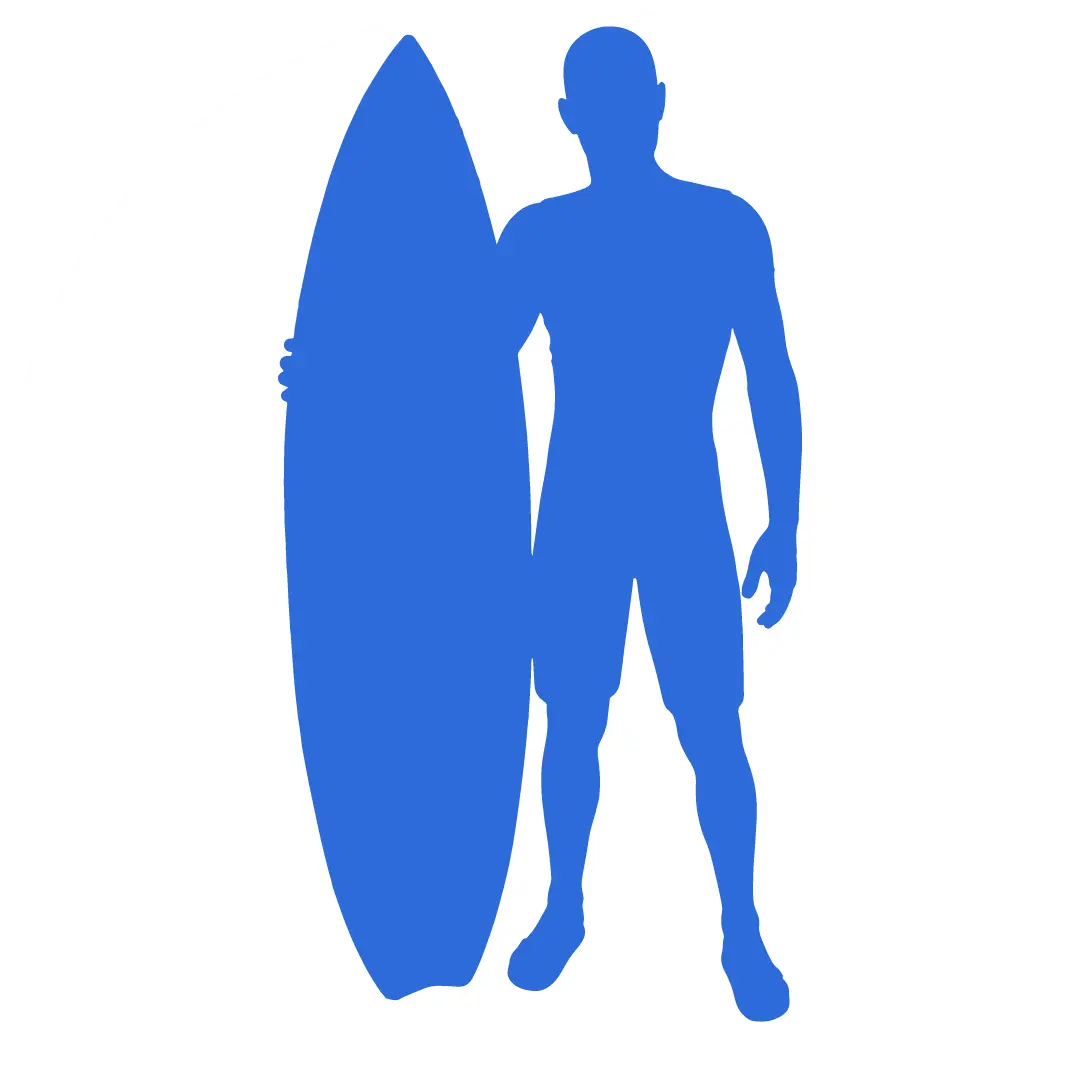

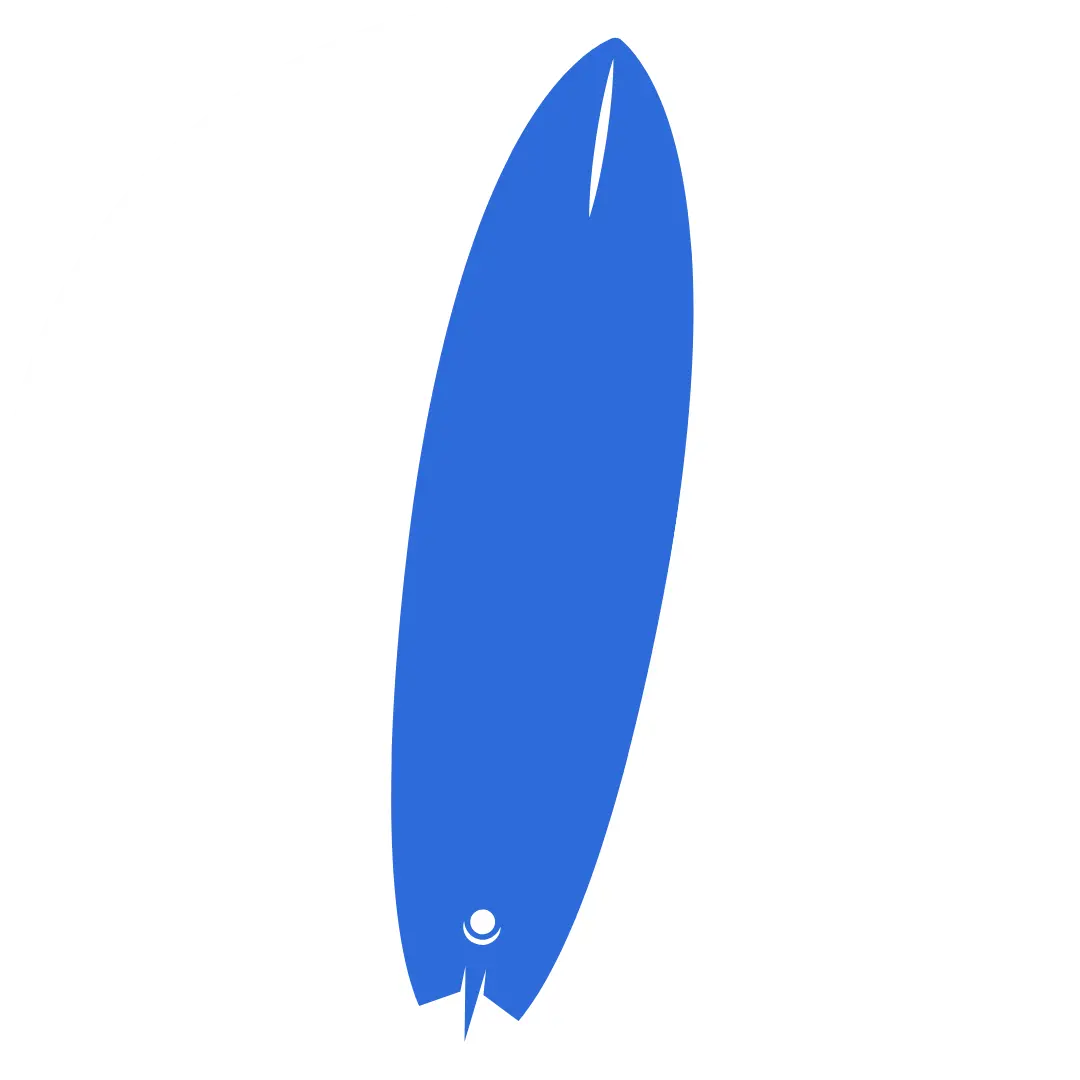
 RENTALS
RENTALS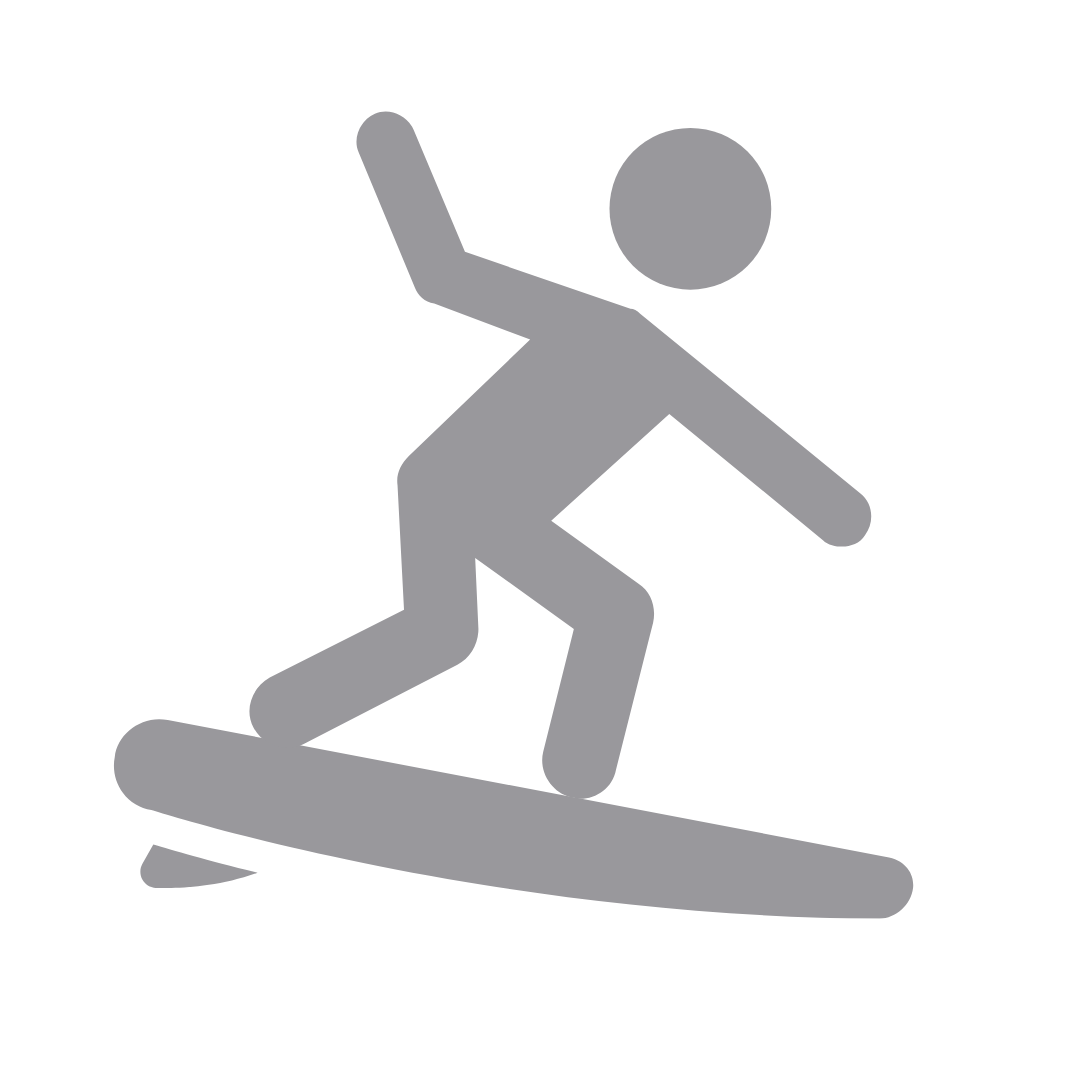 LESSON
LESSON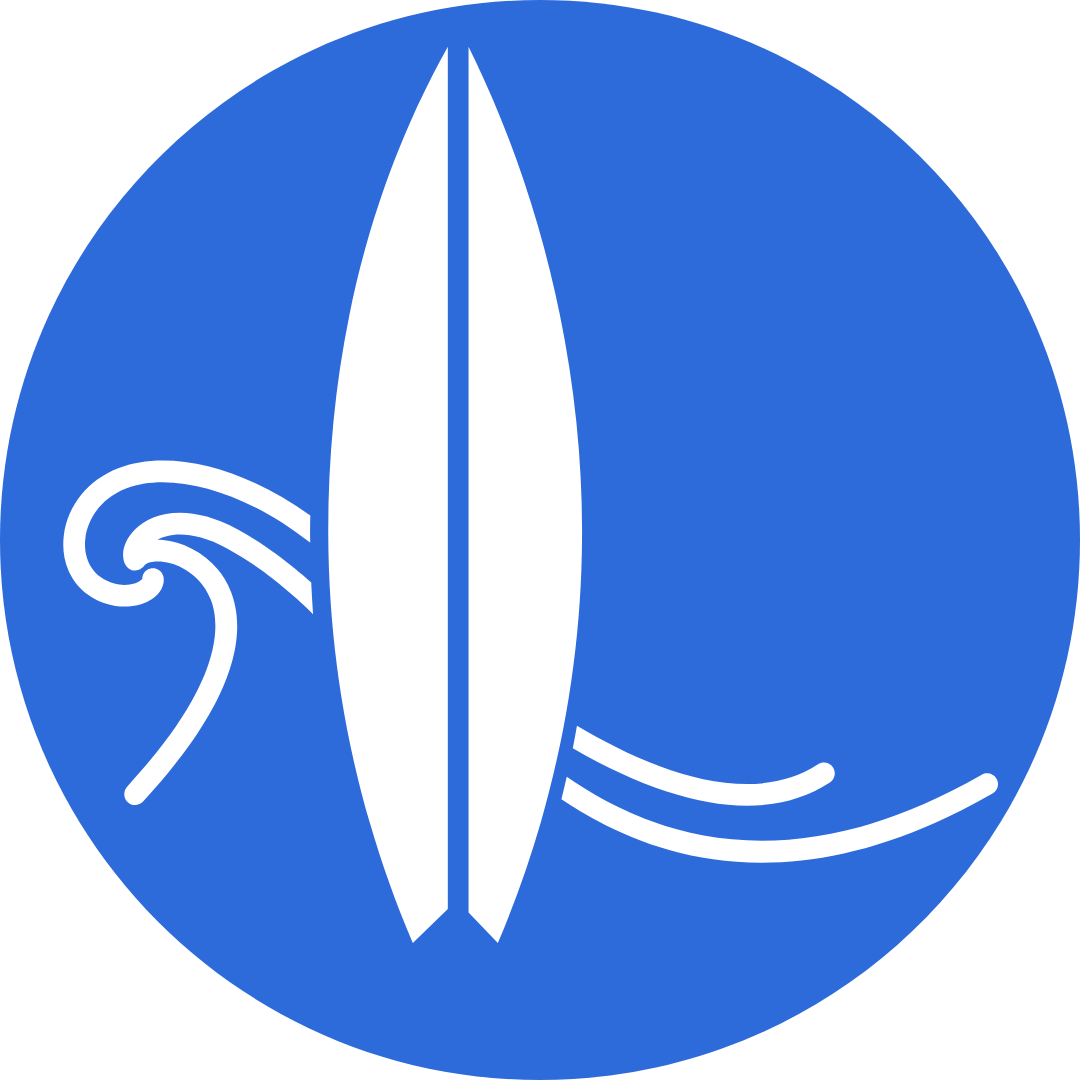 CAMPS
CAMPS ABOUT
ABOUT SHOP
SHOP